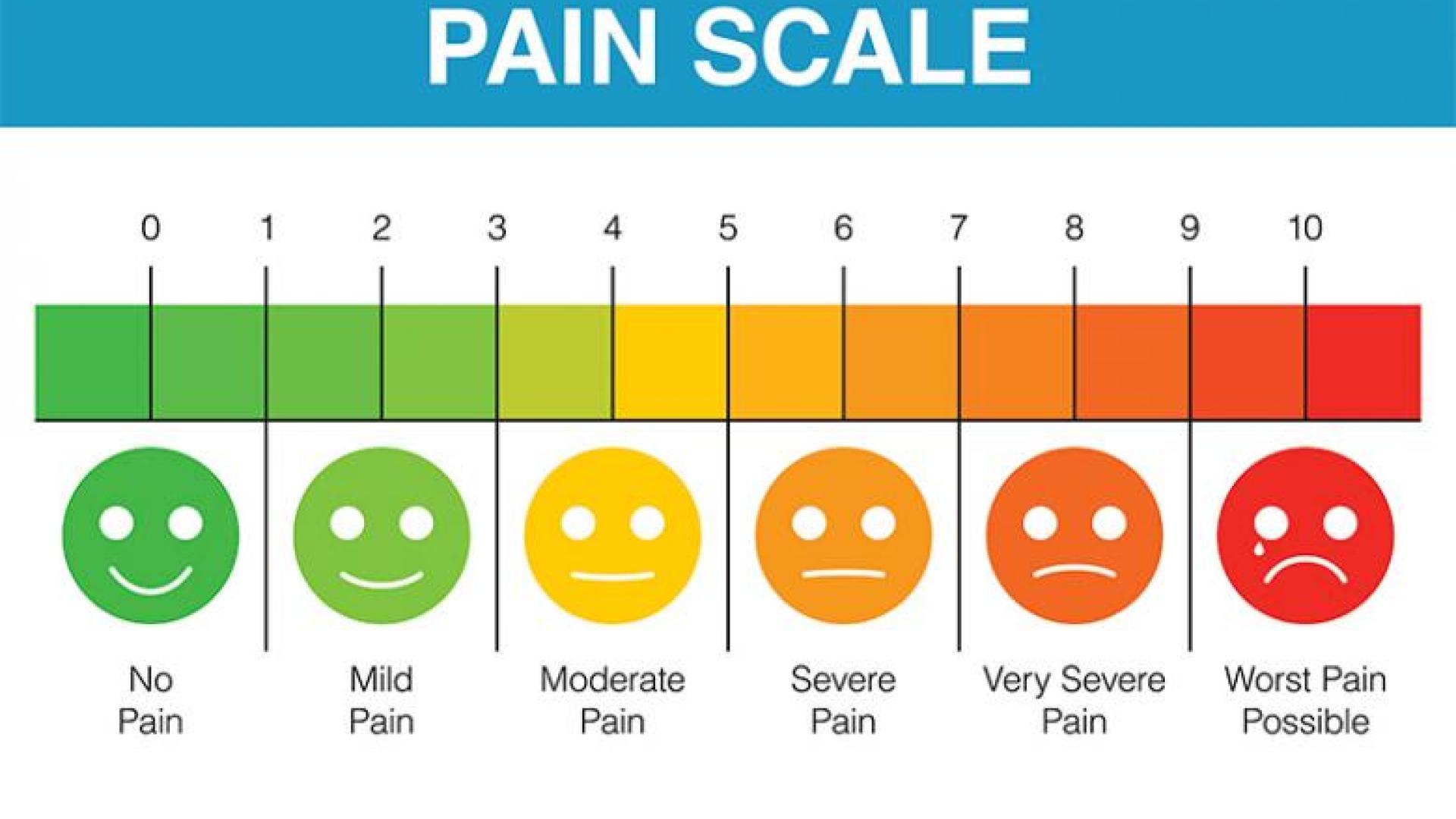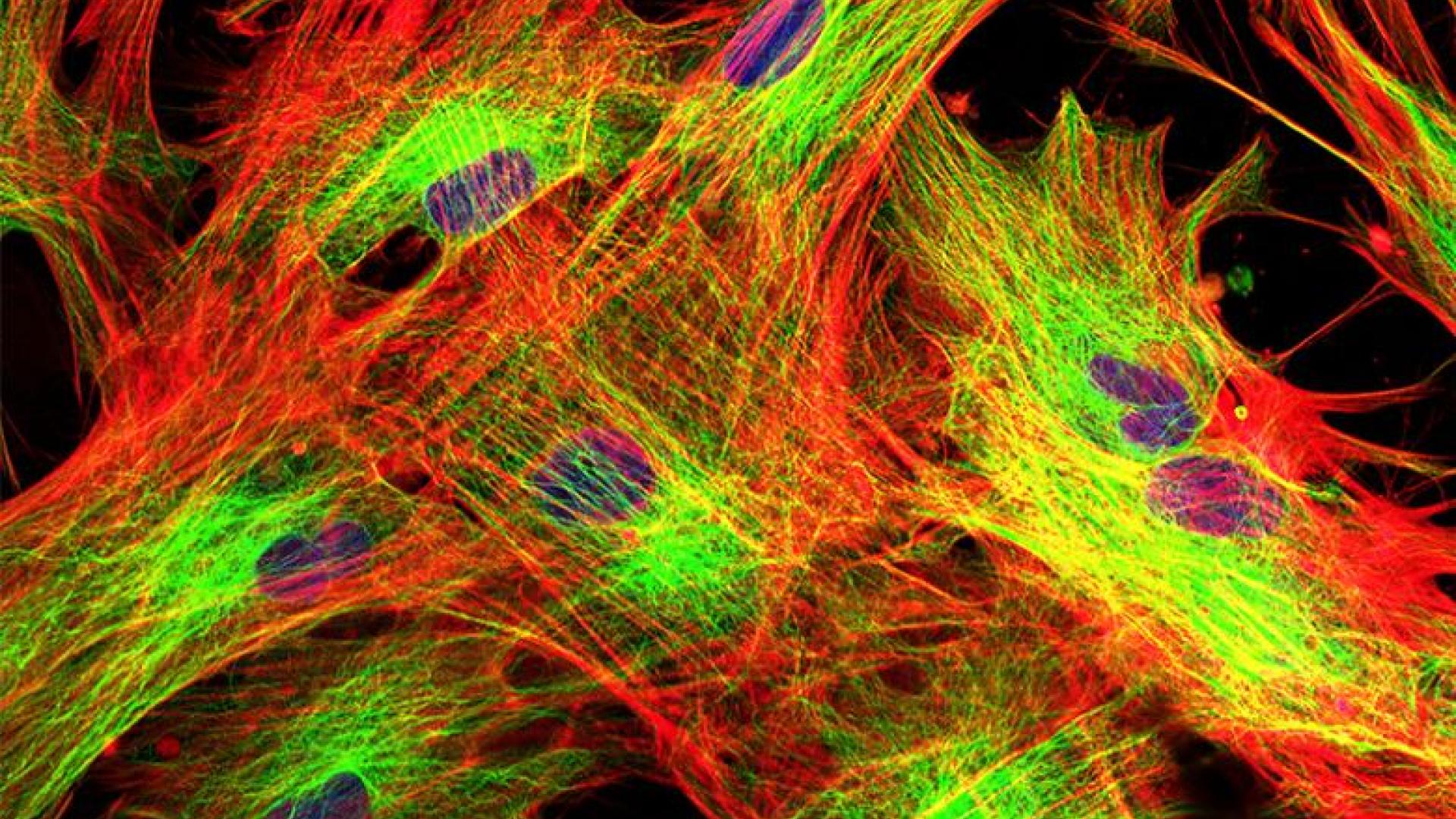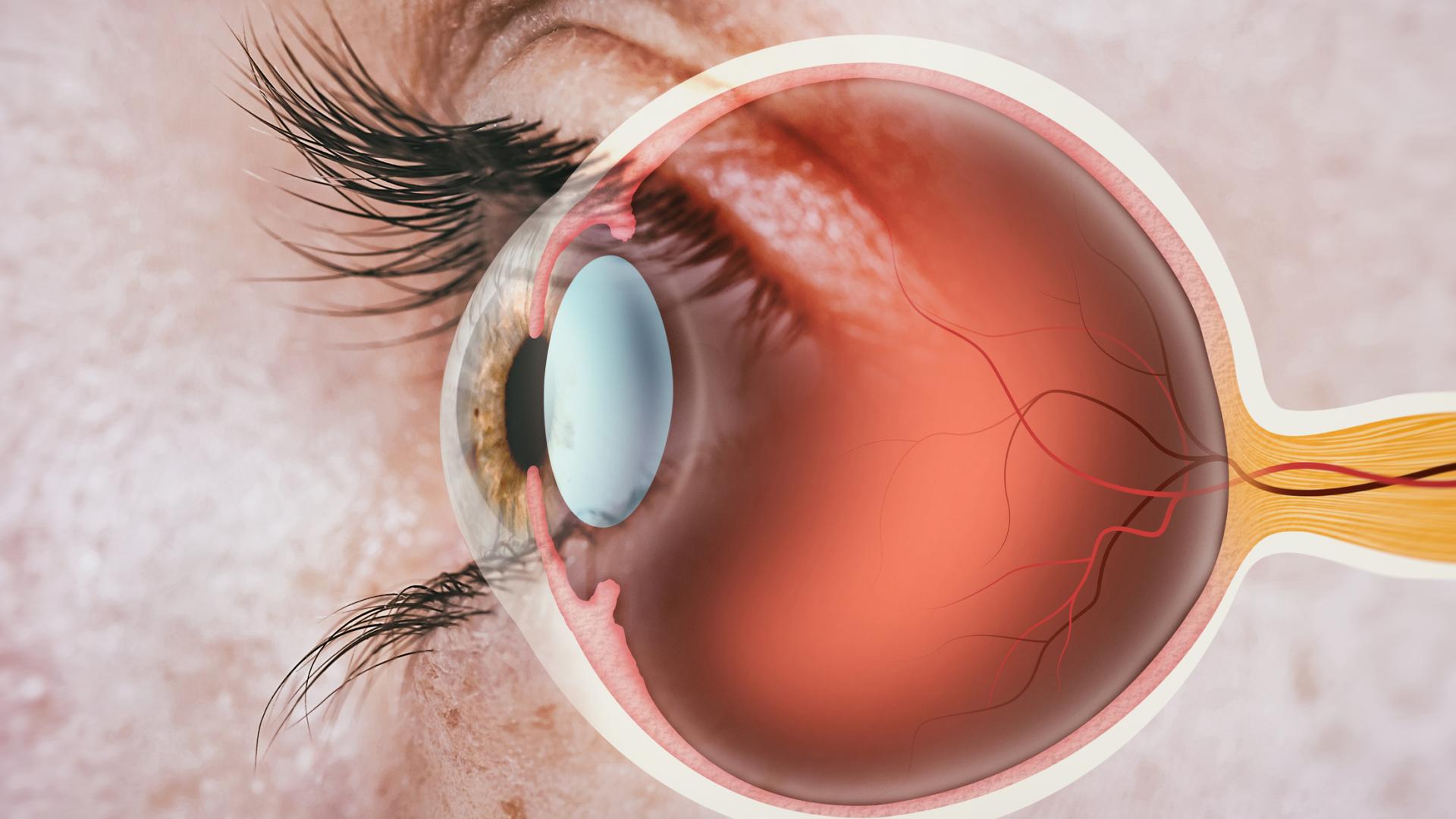
Learn about a form of glaucoma that typically produces no pain and other forms that can cause significant discomfort. Regardless of whether pain is associated with glaucoma, the condition can lead to complete loss of vision if not treated properly.
The “Sneak Thief of Sight”
For the most common form of glaucoma in the United States, primary open-angle glaucoma, the disease is typically not painful. This is why glaucoma is often called the “sneak thief of sight.” There are no symptoms to clue an individual in to the fact that there is ongoing damage to the optic nerve. Peripheral or side vision may be harmed but that is not noticed by many glaucoma patients until late in the disease.
So, in these cases, even though the eye pressure can be quite high, there is no pain. This may be due to the fact that eye pressure usually increases gradually and slowly in primary open-angle glaucoma. In fact, when patients are diagnosed with glaucoma with high eye pressures, many express surprise because they had not noticed any pain or other symptoms, which happens even in cases when the glaucoma is already advanced.
Glaucoma is one of the reasons why a comprehensive dilated exam is recommended for people over age 60. If you have a family history of glaucoma or other risk factors, such as being of African American or Hispanic ethnic background, you will want to have a comprehensive dilated exam before age 60.
When Is Glaucoma Painful?
Angle-Closure Glaucoma
When patients have an acute angle-closure glaucoma attack, they experience pain.
The eye pain can be severe, and may cause headache, and even nausea or vomiting.
In an acute angle-closure glaucoma attack, the eye pressure rises rapidly, causing pain, and also causes the cornea to become cloudy, thus patients also notice their vision has decreased.
This is a medical emergency requiring immediate treatment. Otherwise, permanent damage and possibly blindness can result.
This acute angle-closure attack is relieved by lowering the eye pressure with medications and performing a laser iridotomy, which creates a microscopic hole in the iris using the light from a laser. The opening allows the reduction of fluid build-up and reduces eye pressure. Note that in some situations an ophthalmologist may recommend removing cataracts as part of the treatment of an angle-closure attack.
Once the attack is relieved the pain typically begins to resolve immediately, although it may still take some time for the eye to become completely pain-free.
“Secondary” Glaucomas
In addition to this type of acute angle-closure attack described above, there are also secondary forms of angle-closure glaucoma that can be painful. One of these forms is neovascular glaucoma, often related to diabetic retinopathy or retinal vessel occlusions (blockages).
In neovascular glaucoma, the drainage angle gradually closes because of new blood vessels that grow on the iris and in the drainage angle. Eventually, the entire drainage angle is blocked off and the eye pressure becomes very high, thus leading to eye pain.
In this situation, the treatment is often surgical, because medications alone cannot lower the eye pressure enough. Another important component is to treat the underlying disease leading to the growth of new vessels, such as diabetic retinopathy. Once treated, neovascular glaucoma is not usually painful in the long term.
Another form of glaucoma that can be painful is uveitic glaucoma, which is a secondary form of glaucoma related to uveitis, or inflammation of the eye. Often times the uveitis itself causes a red, painful eye even if the eye pressure is not elevated. In addition, the inflammation in the eye can lead to debris clogging the drainage angle and a rise in eye pressure, leading to pain. Over time, the uveitis can also cause scarring in the angle that can also result in increasing eye pressure. Once the uveitis and glaucoma are treated, the pain resolves.
Summary
In summary, glaucoma can be painful in certain situations, but two things are important to keep in mind:
- Your eye pressure can be elevated and you can have glaucoma without pain; and
- If you have a form of glaucoma that can cause pain, the pain can go away when treated.
About BrightFocus Foundation
BrightFocus Foundation is a premier global nonprofit funder of research to defeat Alzheimer’s, macular degeneration, and glaucoma. Since its inception more than 50 years ago, BrightFocus and its flagship research programs—Alzheimer’s Disease Research, Macular Degeneration Research, and National Glaucoma Research—has awarded more than $300 million in research grants to scientists around the world, catalyzing thousands of scientific breakthroughs, life-enhancing treatments, and diagnostic tools. We also share the latest research findings, expert information, and resources to empower the millions impacted by these devastating diseases. Learn more at brightfocus.org.
Disclaimer: The information provided here is a public service of BrightFocus Foundation and is not intended to constitute medical advice. Please consult your physician for personalized medical, dietary, and/or exercise advice. Any medications or supplements should only be taken under medical supervision. BrightFocus Foundation does not endorse any medical products or therapies.
- Eye Health









